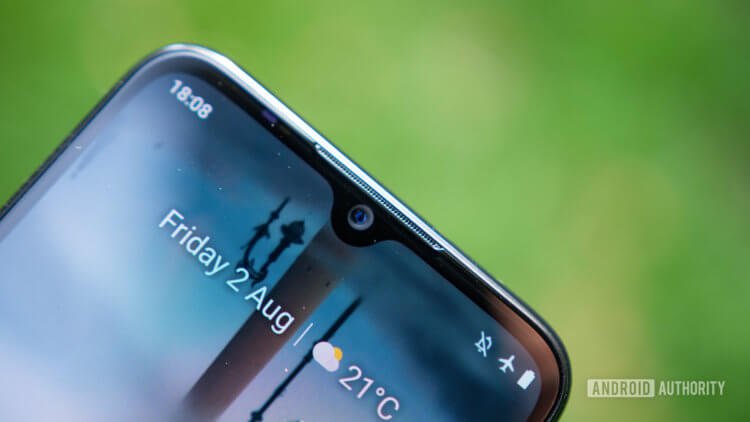Okay, if you still think that HD resolution in smartphones in 2020 is not enough, I can convince you otherwise. More precisely, I will try to do it, because I had experience with both modern devices with HD-screen and FullHD. Talking about 2K probably makes no sense, because it is obvious that such a resolution will be enough even for foldable phones. Why not worry about smartphone resolution? Many are likely to get scared when they see a 6-inch phone with an HD screen. How so? In 2012, the Galaxy S3 and HTC One X – the flagships of the time – were equipped with an HD screen and nothing, after all. The picture at that time on the devices seemed extremely clear.

HD vs FHD – is clarity really important in 2020?
Yes, you can argue and say that the One X has a 4.7-inch screen, and in some Redmi 6 – which I also reviewed – a 5.45-inch screen. However, you should take into account that modern phones use HD + resolution everywhere. This means that the number of pixels in width will be standard, but in height they will be more than usual. Thus, the elongated Redmi 6 has a resolution of 1440 by 720 pixels instead of the standard 1280 by 720.
Therefore, in fact, we have something in between HD and FHD. And for quality, the picture on Redmi 6 at 5.45-inches and HD + resolution does not seem grainy. When choosing a device, you should always look not at the resolution, but at the dot density. B Redmi 6,295 dpi. For example, in iPhone 11 there are only 326 points – but this is a flagship worth 60 thousand rubles. Funny, isn't it?
I have both Mi 9 Lite with FullHD + AMOLED – screen, and Redmi 6 with HD + IPS-display. And I don't see a significant difference in the clarity of the picture between the two screens – in both cases everything is clear. And this despite the fact that the Mi 9 Lite has 403 dpi.
The point is that if earlier phone screens were small, and we had to peer at the text, today this is not necessary. After using Mi 9 Lite for about two weeks and then picking up iPhone 6, I was surprised at how small the interface is. The fonts seemed completely unreadable to me simply because I was already used to large content on the big screen.

No pixels visible on Mi A3 with HD + screen
Of course, there is one important point. Pixelation will be noticeable when it comes to the AMOLED – screen. For example, on a Galaxy A30s with a 6.4-inch super AMOLED – display with a resolution of 1560 × 720 (HD +), the pixels are noticeable if you try to see them with close use. The density of dots in the device is only 268 ppi. But there is also a moment here. I already wrote above that the content on smartphones has become noticeably larger, so even with 268 dpi and the presence of PenTile, the content on the screen will be easy to read.
What's the bottom line? In 2020, I wouldn't worry about screen resolution at all, even if it's a 6.4-inch device with HD resolution. Above, I have given arguments with which it is difficult to disagree. Today, the main thing is not the density of dots, but the quality of the screen, and so far, many manufacturers are not doing well with this. For example, in live use, the Galaxy A30s with its HD screen seems to be a real flagship due to AMOLED – technology. It's amazing what the high contrast ratios and the lack of highlights do. If you are interested in the topic AMOLED – screens, you will probably be interested in my recent material about the burnout of such matrices. I also wrote earlier that I was afraid AMOLED – of screens, but later changed my mind.
It is interesting to know what our readers think about this. What screen resolution do you own a smartphone with and does it bother you? Share your opinion in the comments and don't forget about our Telegram.
